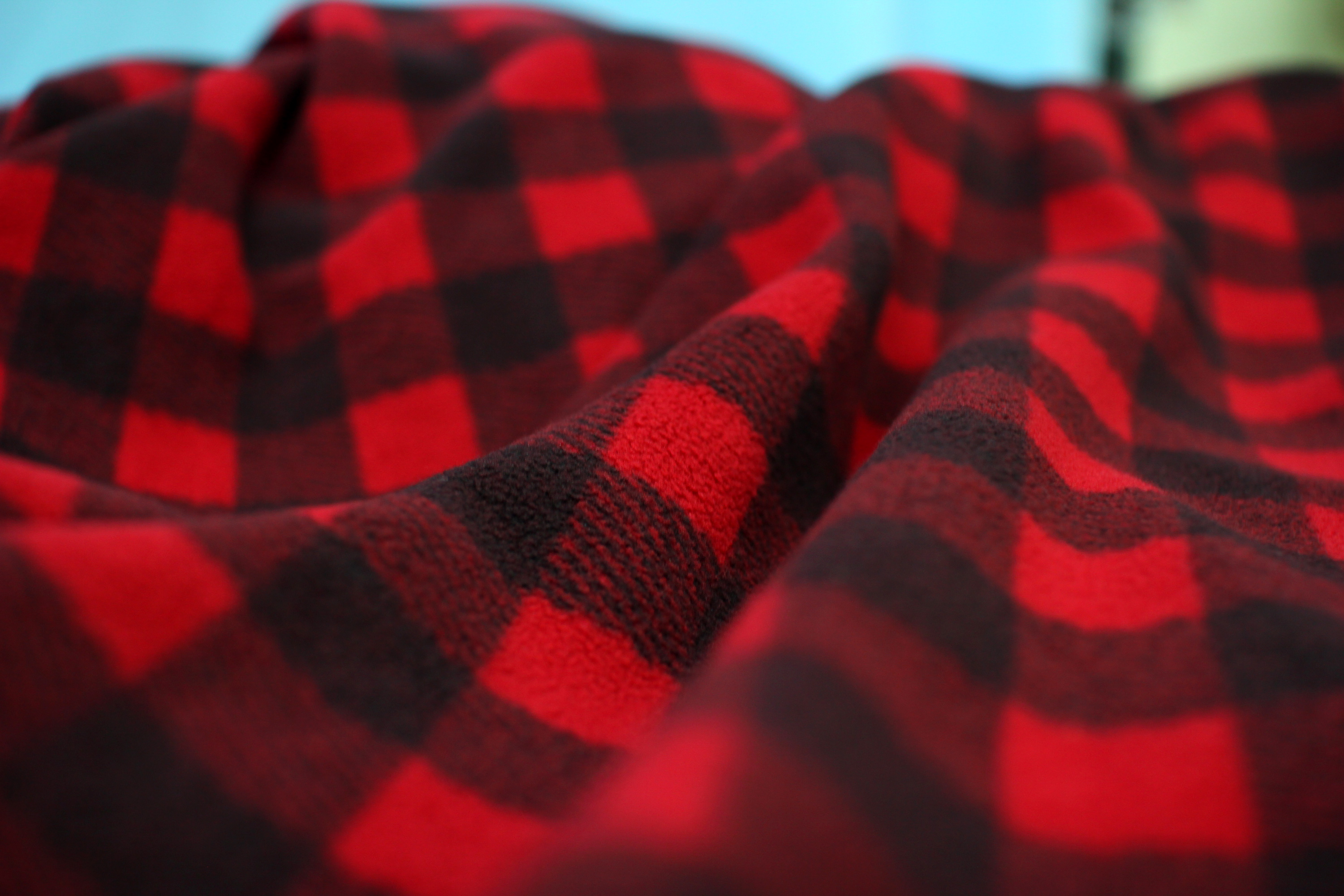To stay warm during winter, it is important to maintain the body’s natural heat and to keep cold and wind from coming into contact with the skin. Not everyone knows, but the composition of winter fleece fabric makes all the difference. The fleece fabrics are responsible for retaining heat close to the body, allowing more or less intensity of heat to escape and cold to enter clothing.

There are three types of fibers:
- Natural: Animal and plant origin, already found in the form of fibers in nature;
- Artificial: Natural origin, which are processed into textile fibers in the laboratory;
- Synthetics: It is created in the laboratory.
Check out further types:
Cotton
It is a natural fiber of plant origin, very porous. Cotton allows the flow of heat between the body and the environment to be easier and absorbs more moisture.
Silk
Despite being a natural fiber of animal origin, silk fiber is also a porous fiber. Therefore, silk is not suitable for low temperatures.
Wool
Natural fiber of animal origin, wool is a thermal insulator, that is, helps to keep the natural body heat inside the clothes. Therefore, it is a fiber very suitable for winter.
Cashmere
It is a type of wool fiber coming from the lowland Kashmir. It makes a lightweight, soft-touch fabric that is different from other wool fibers.
Polyester and polyamide
Because they are synthetic fibers, they are fabrics that make it difficult for the skin to breathe. It does not allow so much heat exchange.
Acrylic
Acrylic is a synthetic fiber, also derived from petroleum. It is an excellent thermal insulator, keeps the body warm, and is therefore ideal for winter. In addition, it has quick drying, which facilitates. It has the feel and appearance similar to wool, but over time forms pilling, because of friction with other surfaces.

Nellie Ponds is a fashion blogger with an eye for style. She has her own blog where she writes about the latest in fashion and trends, as well as providing tips on how to dress your best while still being practical. Her blog’s readership is steadily growing, but she remains humble.












